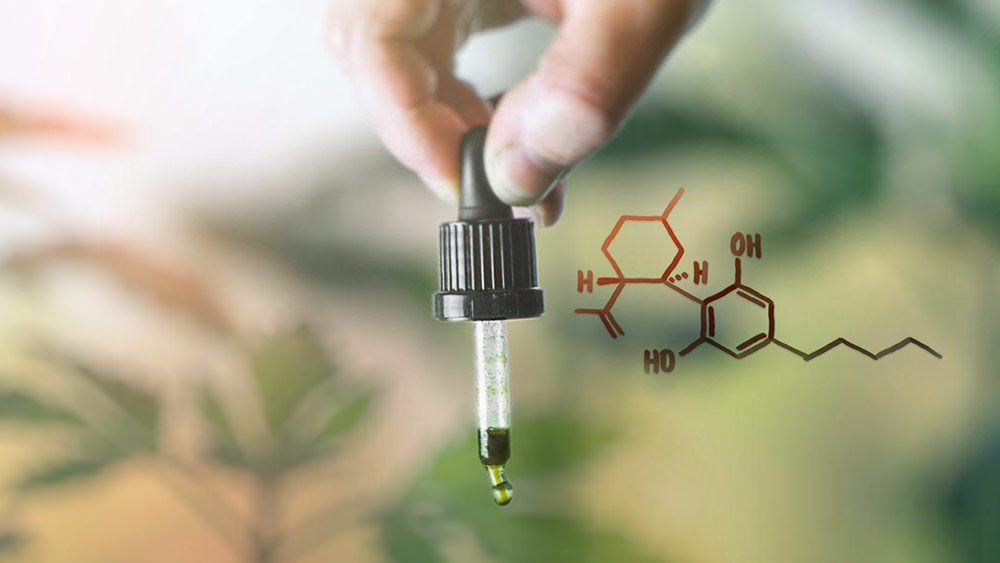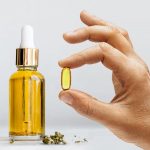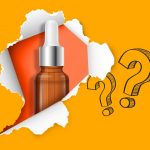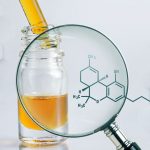CBD and other plant-based cannabinoids interact with the body in sometimes nuanced ways with respect to bioavailability, dosing, and tolerance, among others.
A solid understanding of the medical efficacy of the hemp-derived cannabinoid cannabidiol (CBD) necessarily involves consideration of the network of specialized microscopic cellular receptors found throughout the body.
The Endocannabinoid System
An important discovery was made in 1992 when research scientist Dr. Raphael Mechoulam and his team uncovered a cellular signaling network they dubbed the endocannabinoid system (ECS).
The ECS is a series of microscopic cellular receptors located throughout the brain, central nervous system, and immune system.
Compounds such as CBD have been found to plug into this network of cellular receptors perfectly (meaning they exhibit what medical researchers call a strong binding affinity), producing positive medical and health benefits.
The ECS is a feature of all mammals, not just humans.
This has major ramifications for veterinary medicine, which is beginning to find value in administering CBD for household pets. Canines and felines suffering common ailments such as arthritis and digestion issues and can gain the same benefits from CBD as their human owners.
Entourage Effect
The superior health value of full spectrum extracts made from CBD oil is supported by a theory called the entourage effect.
First suggested in 1998 by the same researchers who identified the ECS, this theory postulates that the consumption of several cannabinoids simultaneously produces synergistic benefits, that exceeds the benefits of consuming cannabinoid compounds individually.
The entourage effect was further explored by medical researcher Dr. Ethan Russo. In 2011, Russo published a research report entitled “Taming THC: potential cannabis synergy and phytocannabinoid-terpenoid entourage effects.”
The study concluded, “More recently, the synergistic contributions of cannabidiol to cannabis pharmacology and analgesia have been scientifically demonstrated. Other phytocannabinoids, including tetrahydrocannabivarin, cannabigerol and cannabichromene, exert additional effects of therapeutic interest.”
More information regarding the entourage effect theory is provided by this interview with Russo conducted by the non-profit Project CBD.
Isolates vs. Broad Spectrum vs. Full Spectrum
A tincture is often called an extract because it involves the separation of healthful molecules like CBD from the biomass of a plant like hemp.
However, extracts are manufactured using a variety of approaches and methodologies. These variants include isolates, broad spectrum, and full spectrum.
Isolates involve extraction and delivery of a single molecule, such as CBD. Broad spectrum involves removal of some cannabinoids and is a filtering process intended to remove unwanted ingredients (typically tetrahydrocannabinol, or THC, the psychoactive component of hemp).
Full spectrum (sometimes called “whole plant”) formulations involve no removal or filtering of cannabinoids.
Many medical professionals prefer broad spectrum extracts because a notable percentage of their patients simply cannot tolerate even low doses of THC. Anxiety, disorientation, and panic attacks are sometimes experienced by those who consume even minor doses THC.
Consumption Avenues
CBD products are available in many forms, allowing doctors and patients to optimize treatment protocols and match consumption avenue(s) to lifestyle, personal preference, subjective efficacy, and dosing requirements.
Tinctures, capsules, and other forms of CBD are available that can be discreetly consumed by patients, even during work or travel. Some of the highest quality tinctures and capsules are derived from CBD oil, a concentrate that intensities the potency and medical efficacy.
Relevant CBD Research
Discovered in 1940 by Dr. Roger Adams and further clarified in the early 1960s by the pioneering research of Mechoulam, CBD has been on the radar of medical professionals for decades.
It is only now, however, gaining widespread adoption due to the federal legalization of hemp and factors such as the emergence of the opioid epidemic, where adjunct therapies such as CBD are being used to help substance abusers.
A 2017 study entitled “An Update on Safety and Side Effects of Cannabidiol: A Review of Clinical Data and Relevant Animal Studies” that was published in the journal Cannabis & Cannabinoid Research found CBD to be safe, reliable, and to offer few negative side effects.
Concluded the researchers, “In general, the often described favorable safety profile of CBD in humans was confirmed and extended by the reviewed research. Most studies were performed for treatment of epilepsy and psychotic disorders.
Here, the most reported side effects were tiredness, diarrhea, and changes of appetite/weight.”
A 2012 review article entitled “A critical review of the antipsychotic effects of cannabidiol: 30 years of a translational investigation” published in the journal Current Pharmaceutical Design found CBD to be effective in the treatment of psychosis and in buffering the tendency of THC to sometimes induce anxiety and panic attacks in users, especially in more potent doses.
Summarized the study, “Laboratory rodents and human studies have shown that this cannabinoid is able to prevent psychotic-like symptoms induced by high doses of Δ(9)- THC. Subsequent studies have demonstrated that CBD has antipsychotic effects as observed using animal models and in healthy volunteers.”








